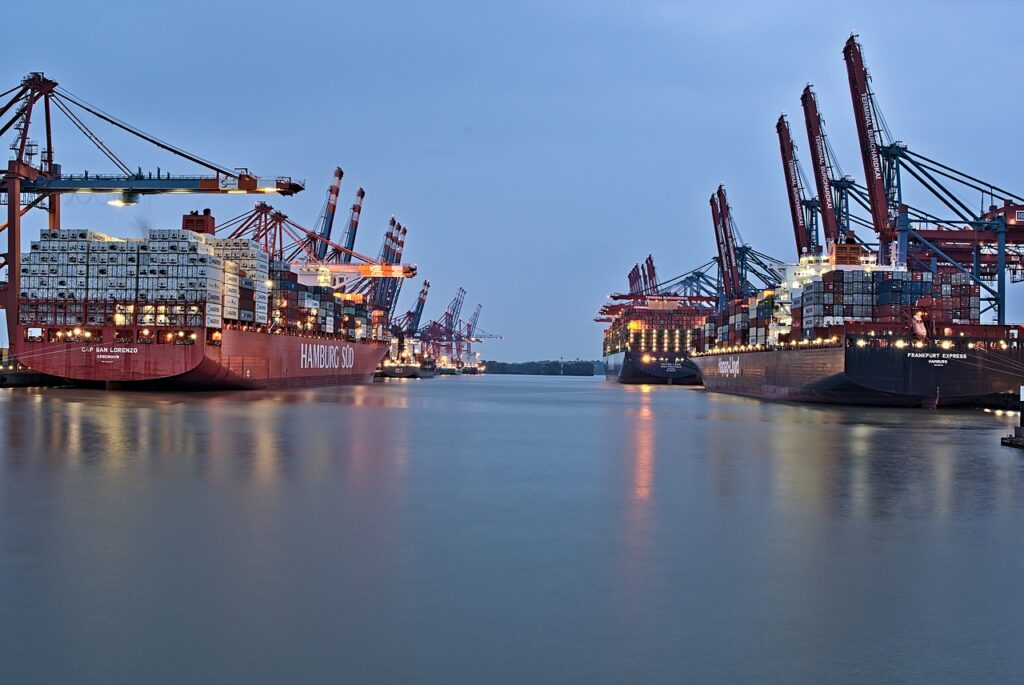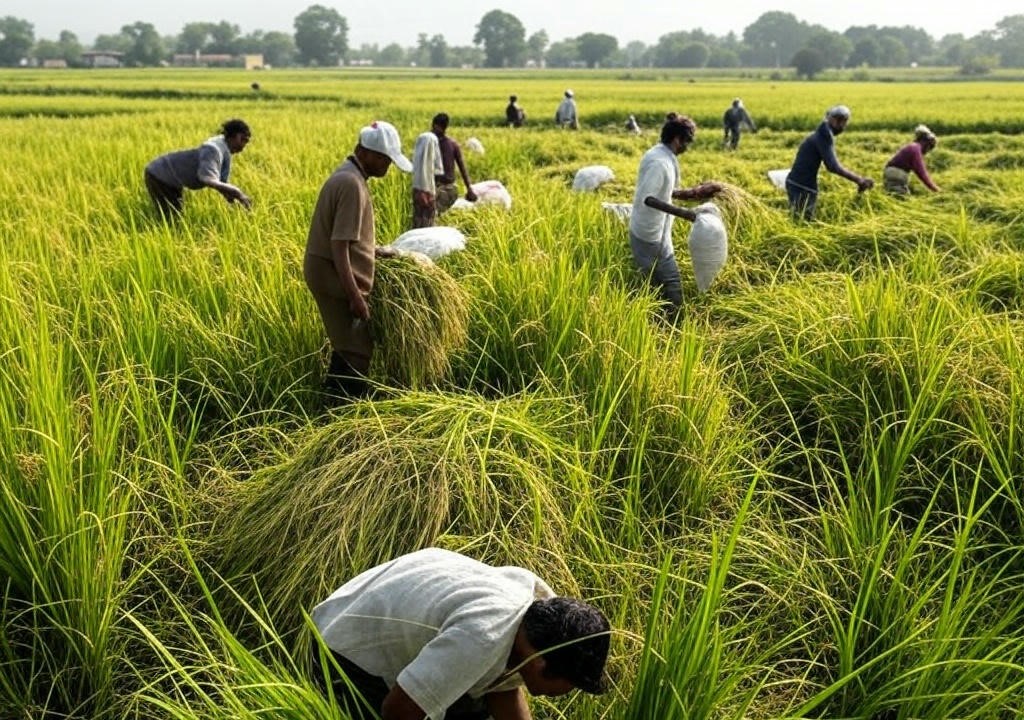
India’s Farming Exports
India’s Agriculture Export System is a vital part of its economy, showcasing the journey from fertile fields to international supermarket shelves. It involves several stages: production in vast farmlands, collection and trading at local markets, processing in modern facilities, transportation via trucks and ships, and finally, distribution in global markets. This system not only boosts farmer incomes but also positions India as a leading agricultural exporter, with key products like rice and spices reaching countries like the USA and China.
Overview of Agricultural Exports
India’s agricultural exports have soared in recent years, reflecting the country’s growing prowess in global trade. In the financial year (FY) 2023-24, India’s agricultural exports were $48.15 billion, which was a decline from the previous year’s $52.50 billion, according to the Department of Commerce. According to World Trade Organization data, this growth cemented India’s position as the eighth-largest agricultural exporter worldwide.
Comparative Analysis
To provide perspective, a table comparing recent years’ agricultural export values is instructive:
| Financial Year | Agricultural Export Value (USD Billion) | Year-over-Year Change (%) |
|---|---|---|
| FY 2020-21 | 50.24 | – |
| FY 2021-22 | 41.25 | -17.9 |
| FY 2022-23 | 53.15 | 28.9 |
| FY 2023-24 | 48.82 | -8.2 |
| FY 2024-25 | 49.00 (Forecast) | 0.4 (Estimated) |
India’s agricultural exports for the financial year 2024-25 are projected to reach approximately $49 billion.
Top Exported Products of Indian Agriculture
The following table presents the top four agricultural exports by value, ranked in descending order:
| Rank | Product | Value (Billion USD) | Notes |
|---|---|---|---|
| 1 | Marine products | 7.3 | Includes frozen shrimp, fish, and squid; major markets include USA and China. |
| 2 | Basmati rice | 5.74 | Aromatic long-grain rice, is exported to the Middle East, Europe, and North America. |
| 3 | Non-basmati rice | 5.0 | Includes white and parboiled rice, significant for affordability and nutrition. |
| 4 | Spices | 4.46 | Aromatic long-grain rice is exported to the Middle East, Europe, and North America. |
Sugar: A sweet success, India’s sugar exports thrive in markets like the Middle East and Africa.
Major Markets
Where do these goods go? India’s exports reach far and wide, with a strategic focus on developing nations. Key destinations include:
- United States: Hungry for basmati rice, spices, and processed foods.
- Bangladesh: A big buyer of non-basmati rice.
- China: Snapping up cotton, spices, and more.
The Middle East, Southeast Asia, and Africa also feature prominently, tapping into regions with rising demand and fewer trade hurdles.
Trends in Agricultural Exports

India’s export story is one of growth with a dash of volatility:
- Steady Rise: From $5 billion in 2003 to over $50 billion recently, the upward trend is clear.
- Policy Shifts: Export bans—like the July 2023 non-basmati rice restriction—caused the 2023-24 dip, prioritizing domestic needs over global sales.
- Global Influences: The COVID-19 pandemic and the Russia-Ukraine war stirred global food prices, testing India’s adaptability.
Even with these fluctuations, India’s exports have shown resilience, holding strong in international markets.
Challenges Facing the Sector
Success doesn’t come without hurdles. Here’s what India’s export sector is up against:
- Infrastructure Gaps: Weak storage, transport, and processing systems lead to losses and lower competitiveness.
- Climate Change: Water shortages, erratic weather, and degrading land threaten production.
- Market Barriers: Tough standards and competition from other exporters limit access to some markets.
Opportunities for Growth
The future looks promising if India seizes these opportunities:
- Diversification: High-value crops like fruits, vegetables, and organics could meet global demand for premium foods.
- Value Addition: More processing—like turning raw produce into packaged goods—could boost profits.
- Sustainability: Eco-friendly farming could tap into the organic trend, giving India an edge.
- Tech Boost: Tools like precision agriculture and blockchain for traceability could streamline operations.
Conclusion
India’s farming exports have journeyed from humble beginnings to a global spotlight, blending diversity, resilience, and ambition. Yet, challenges like policy shifts and climate risks loom large. By embracing diversification, sustainability, and innovation, India can not only grow its exports but also uplift its farmers and bolster global food security. The fields of India are feeding the world—and the best is yet to come.
